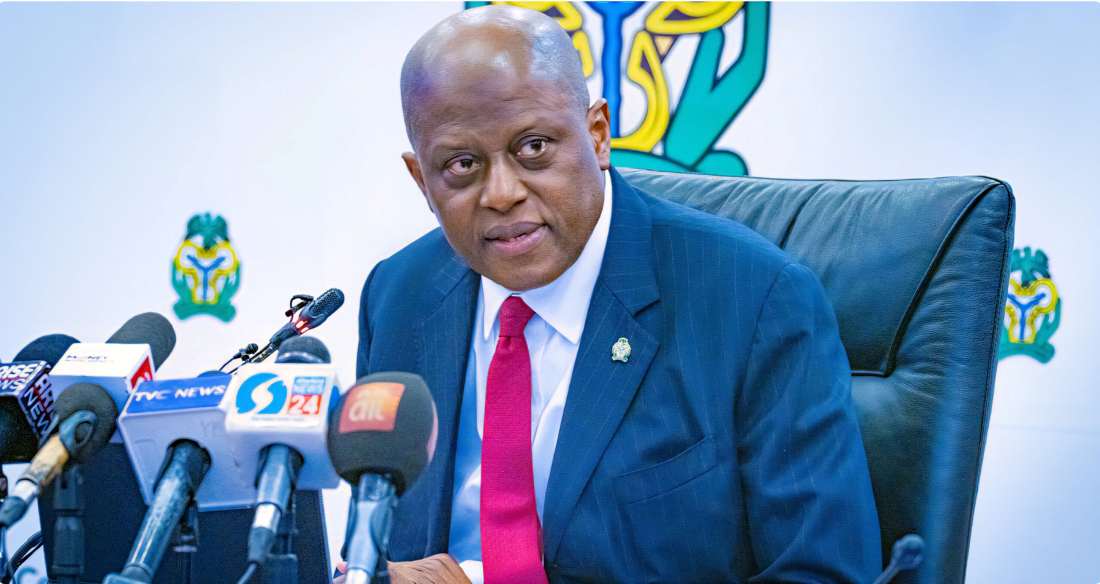The Monetary Policy Committee of the Central Bank of Nigeria has voted to retain the Monetary Policy Rate at 27 per cent, reaffirming its commitment to a tight monetary stance aimed at stabilising prices and sustaining the recent slowdown in inflation.
CBN Governor Olayemi Cardoso announced the decision on Tuesday during the Committee’s 303rd meeting in Abuja.
The MPR remains the benchmark interest rate on which other lending rates in the economy are anchored. By maintaining it at 27 per cent, the Committee signalled its resolve to keep monetary conditions firm in order to contain inflationary pressures.
Alongside the MPR, the MPC left other key parameters unchanged. It retained the Cash Reserve Ratio at 45 per cent for commercial banks, 16 per cent for merchant banks, and 75 per cent on non-TSA public sector deposits. The Liquidity Ratio was held at 30 per cent, while the Standing Facilities Corridor was adjusted to +50 and -450 basis points around the benchmark rate.
According to the Committee, the decision reflects a deliberate effort to consolidate ongoing gains in price stability. It cited the continued deceleration in headline inflation, supported by tighter monetary conditions, relative stability in the exchange rate, and reduced volatility in PMS prices.
Despite the progress, the MPC emphasised that inflation remains elevated and requires sustained, coordinated policy actions to drive it down further in the months ahead.
Cardoso also disclosed that the banking sector recapitalisation exercise is making steady progress, with 16 banks already meeting the regulatory requirements.
Providing an outlook on the global economy, the CBN governor noted expectations of a medium-term recovery, though he cautioned that persistent trade tensions between the United States and its key partners could restrain global growth. The MPC further projected that global inflation will remain above pre-pandemic levels in the near term.
Reiterating the Bank’s policy direction, Cardoso said the CBN remains committed to evidence-based decision-making to safeguard price stability and strengthen the resilience of the financial system.



